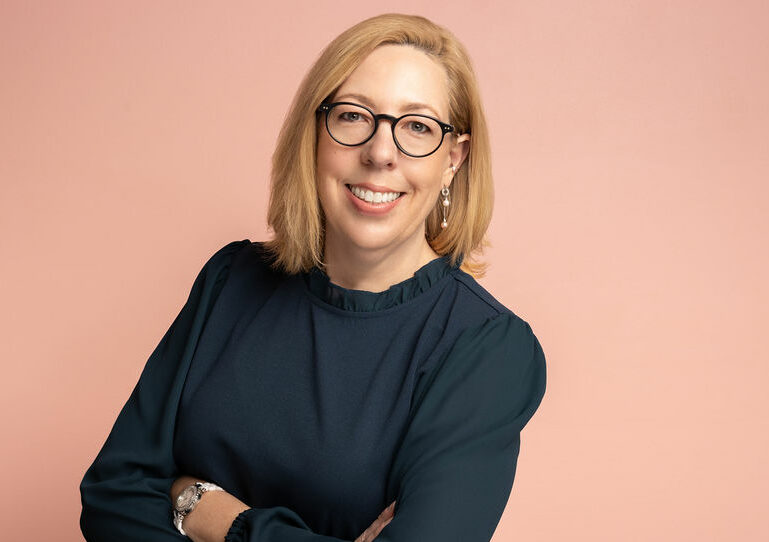A change to a federal drug discount policy that provides lower-cost prescription medications to clinics and hospitals serving low-income and other disadvantaged communities could bankrupt rural hospitals, a new study finds.
The report, from 340B Health, claims that changes proposed by major drugmakers to replace upfront discounts with post-sale rebates for some or all outpatient drugs would hit safety-net hospitals with significant additional costs.
“These 340B rebate models would shift financial burden from highly profitable drug companies to hospitals with the fewest resources serving the most vulnerable patients,” said 340B Health President and CEO Maureen Testoni. “This is not reform; it’s a recipe for hospital closures, service cuts, and patients losing access to life-saving medications and critical care they need.”
According to the 340B Health study, some bigger hospitals would be required to float $72.2 million annually to reflect the high cost of purchasing drugs at wholesale acquisition cost. Critical access care hospitals, which are common in rural America, would have to front $1.7 million annually under the post-sale rebate scheme.
Meanwhile, 93 percent of hospitals participating in the 340B discount program would face challenges maintaining current levels of uncompensated care, with potentially 86 percent seeing adverse effects on their staffing, including layoffs and postponing hiring. Ninety-two percent of participating hospitals would be forced to reduce the free and discounted drugs provided at their pharmacies.
The proposed changes come at a problematic time for rural hospitals and other safety-net medical and healthcare facilities, which are already under financial strain as Medicare and Medicaid reimbursements continue to lag inflation, advocates say.
A 2025 report from the Center for Healthcare Quality and Payment Reform found that more than 700 rural hospitals — one-third of all rural hospitals — are at risk of closing, with 40 percent facing an immediate risk of shutting down.
Congress created the 340B program in 1992 to address rising drug costs. Under the provisions, Congress intentionally named certain types of medical facilities as “covered entities” that could benefit from the program. Drug manufacturers must participate in the 340B program to participate in Medicare Part B and Medicaid. The rules stipulate discounts, not rebates.
Big pharmaceutical companies like Bristol Myers Squibb have pushed back against the program, arguing that it lacks transparency and contains widespread abuse, particularly by retail pharmacy chains. Bristol Myers Squibb, one of the companies that has proposed shifting to rebates instead of upfront discounts, points to a 2024 Berkeley Research Group report that found the population of vulnerable patients was nearly cut in half from 2013 to 2021, while 340B revenue for covered entities grew by 374 percent.
In proposing the rebate program, Bristol Myers Squibb — along with Eli Lilly, Johnson & Johnson, Novartis and Sanofi — have said it would combat duplicate discounts and diverting drugs to ineligible programs. However, a U.S. district judge in May issued a ruling halting the proposal, saying it would require prior approval from the U.S. Health Resources and Services Administration, a subagency of the Department of Health and Human Services that oversees the 340B program. All five drug makers have been criticized by defenders of the program as not intending to amend or tweak it, but ultimately force it to end.
“In effect, the rebate model shifts the financial burden to safety-net providers, many of which already operate on thin or negative margins, requiring them to advance revenue to drug manufacturers for an unknown period until rebate payments are approved and remitted,” according to the 340B Health report. “Being forced to purchase drugs at full price and then wait to receive a rebate will create significant cash-flow challenges for safety-net hospitals, even if rebates are ultimately received. Some hospitals report that waiting just a month to receive rebate payments could undermine their ability to meet essential obligations, such as payroll.”
Sanofi suggested a different model from the other four drug manufacturers, offering covered entities a credit that would become effective before a provider needed to pay for the eligible drugs. However, the 340B Health report said that the model requires patients to have received medical care from the hospital within the past two years, and the prescription must have been issued “in connection with healthcare services” provided by the hospital.
“These added conditions create uncertainty, particularly in cases where a hospital administers a treatment, such as chemotherapy, based on a prescription issued outside the hospital,” the report said. “Under Sanofi’s patient criteria, such a claim could potentially be denied, as it was not issued in connection with the hospital that provides the treatment, despite that the individual is undoubtedly a patient of the hospital.”


